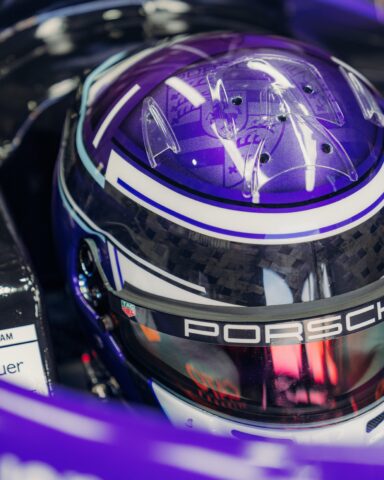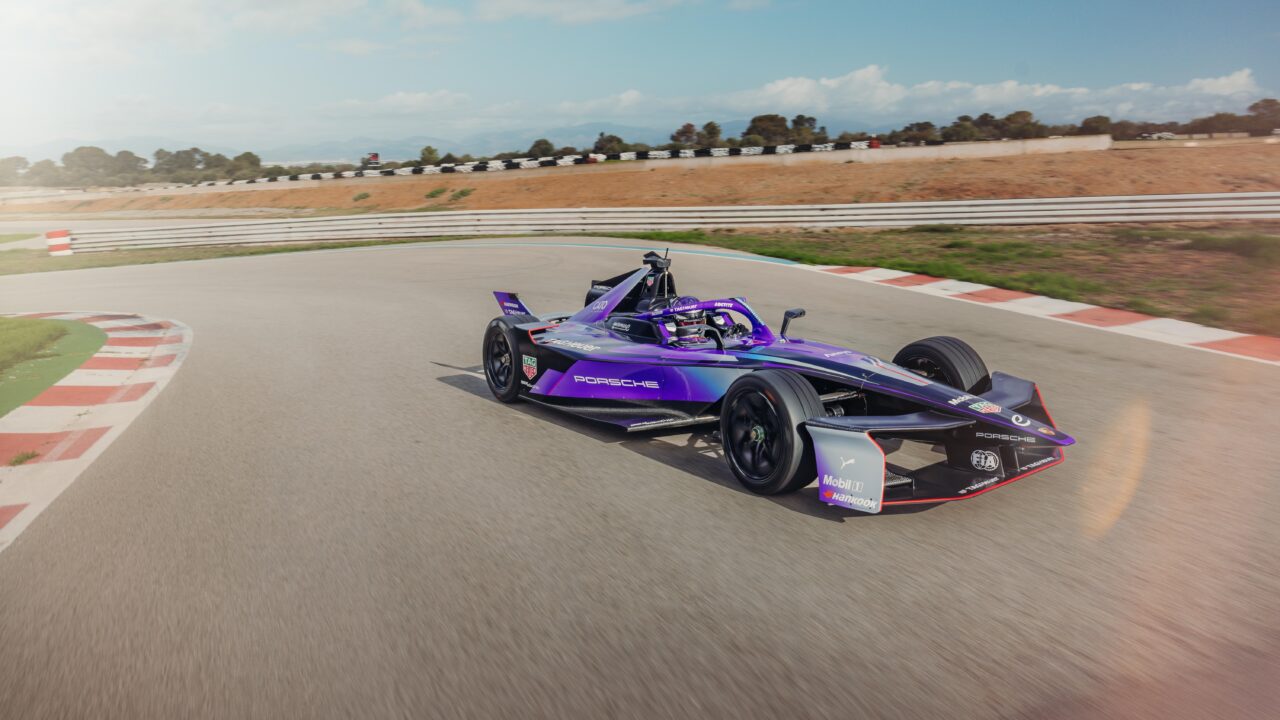Porsche discusses the development status of the next 718EV (electric vehicle version)
Published on: 2024.12.05

contents
Porsche 718 EV Development Status
The news that Porsche is developing electric versions of the 718 Boxster and Cayman is very exciting for many EV fans.
I also have a very high interest in the 718EV, and frankly, I am more interested in the 718EV than in the later stages of the 992.
However, there are reports that Porsche's electrification plans are being reviewed, and some are concerned about these plans for the 718. In the midst of all this, Michael Steiner, Porsche's head of research and development, has revealed some interesting information about the development status of the 718 EV, which we would like to share with you.
According to Steiner, the electric versions of the 718 Boxster and Cayman are being developed on a proprietary platform that will deliver genuine sports car performance by utilizing racing technology.
Designed for handling
One of the reasons the current 718 series is so highly regarded is its excellent handling performance.
This characteristic is mainly due to two factors. One is the lightweight design, and the other is the weight distribution due to the midship layout.
The 718 EV has a smaller and lighter battery by maximizing the efficiency of the regenerative braking system.
Even more interesting is the way the battery is placed. Instead of being placed flat under the floor, as in a typical electric car,Core" layoutThey use a unique method called
In this layout,By placing the battery behind the seat, the center of gravity is similar to that of a conventional 718 with an internal combustion engine.He said. Steiner stated that
By keeping the center of gravity as close to the driver as possible, the overall flexibility and agility of the car is improved. The result is a well-balanced, easy-to-manage car."
In addition, this layout has the advantage of allowing the driver to sit in a lower position. This gives the car a sports car-like driving feel.
Brake performance learned from Formula E
In order for the core electric vehicle platform to be successful, the car needed to maximize efficiency and reduce the size of the battery.
According to Steiner, special emphasis was placed on blending regenerative and conventional brakes to achieve both efficiency and braking performance.

As a result, theOne-pedal driving system is not adopted.He said that this was to be the case. Steiner explained that
Ask any racing driver, and no one will choose a one-pedal system. It is important to be able to control regenerative braking and normal braking with the same pedal as seamlessly as possible. Without proper pedal feel when cornering, you can't trust the car's stability."
Perfecting brake feel when cornering is "something I learned in Formula E," Steiner said.
Braking system optimized for sports driving
According to Steiner, a one-pedal brake system would activate regenerative braking earlier than is ideal for performance driving. On the other hand, by consolidating all brake control into the actual brake pedal, the driver "can do the modulation they need, and the system can be more responsive to the driver's needs," Steiner said,You can also feel the road surface, steering response, etc.He said.
It allows you to control your car with either the brake or the gas pedal." Steiner said.
Thus, Porsche actively utilized racing technology in the development of the 718 EV,Focus on inheriting the characteristics of a conventional sports car despite being an electric vehicleThe company is doing so.
We are looking forward to the launch of the 718EV.
Follow me if you like this blog!


Comment ( 0 )
Trackbacks are closed.
No comments yet.